Combat in this game is turn-based and cinematic. You don’t need dice unless instructed. All you need is your character sheet, an idea of what to do, and a bit of strategy. IF these rules seem too much, thats fine, its one of “learn as you play” Styles
Each turn, you get:
1 Movement
1 Action (Attack, Use Ability, Interact, etc.)
Sometimes a Bonus Action or Reaction if your abilities allow it.
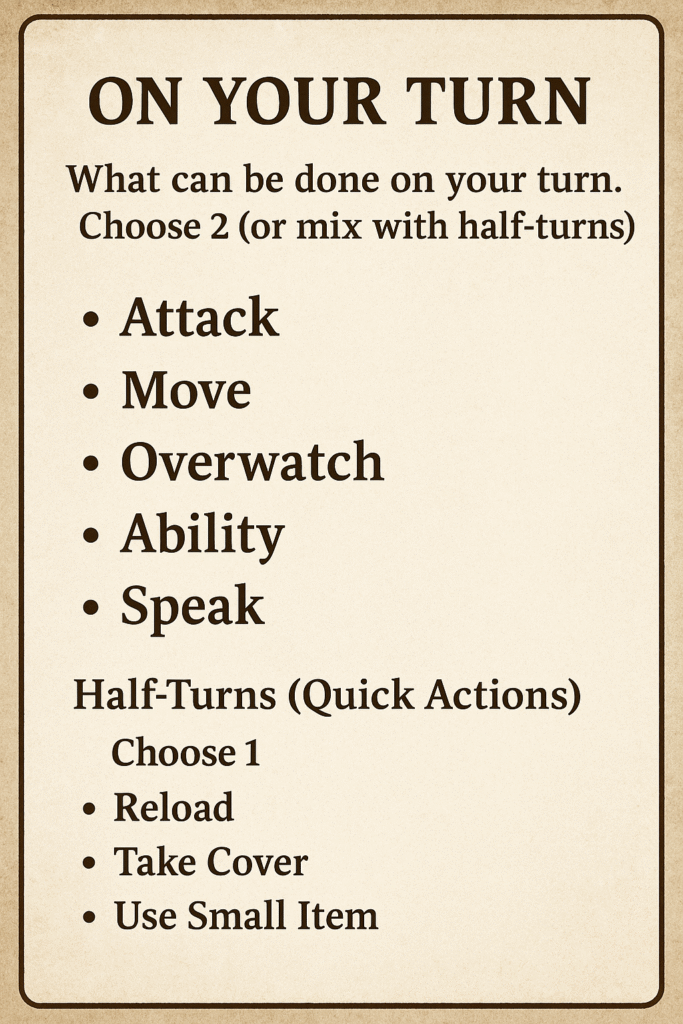
Combat order is based on Initiative, a stat rolled or calculated at the start of battle. Higher Initiative means you go earlier.
You’ll be told when your turn starts.
Use your turn wisely to move, attack, or support your team.
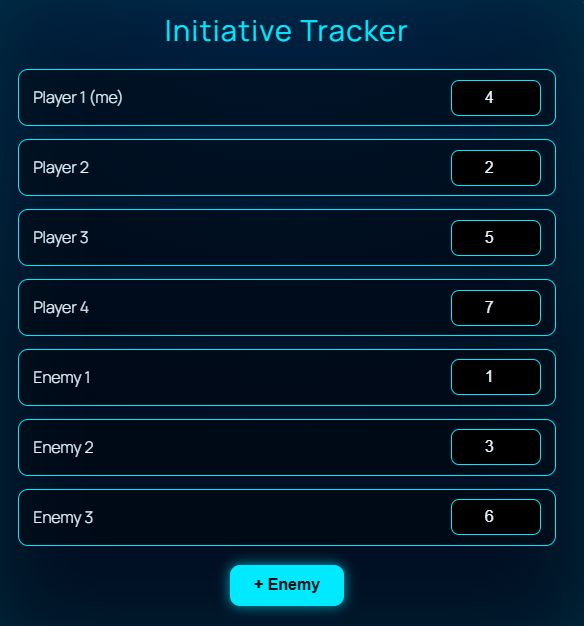
Here you see an example of a turn order.
First is you as player 1. Which can be replaced by your name or character name. You would go 4th. A turn is complete when they are out of actions.
The enemy 1 is going first.
Then player 2 and so on. Once everyone has gone through their turns and it will start over again.
Initiative is done by a 20 sided Dice. The one who rolls the best goes first and so on. Sometimes stats and attacks can alter these.
Depending on the Dungeon Master or DM they may prefer to use tiles or meters depending on setup and tools. In this game due to using The RPG engine, it is done by Meters. A ruler can be used ingame to see how far something is and how far you can move.
You can move up to your Movement Speed in meters per turn.
Standing still makes some abilities stronger.
Cover and height matter – moving behind objects reduces damage taken.
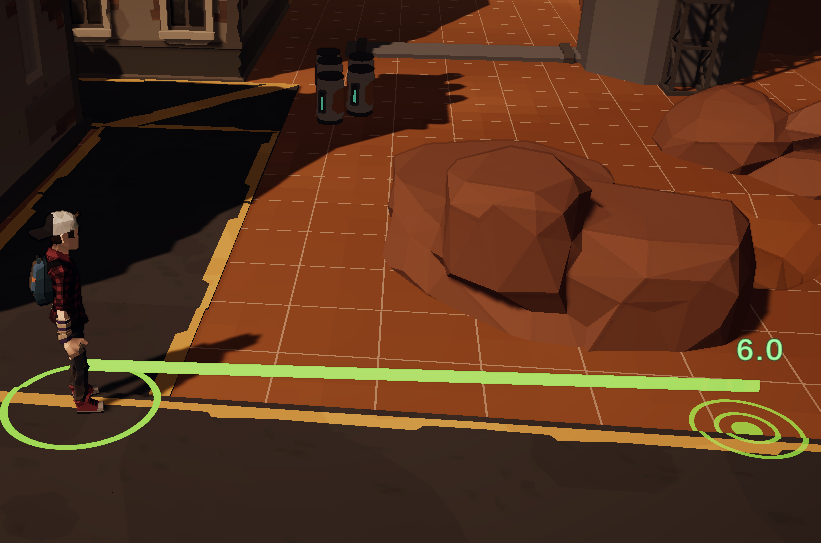
Here you can see an example of someone about to be moved 6 meters. See below how to Do this.
Once you found your desired distance click and the character selected will find a way to the location even if objects are in the way.
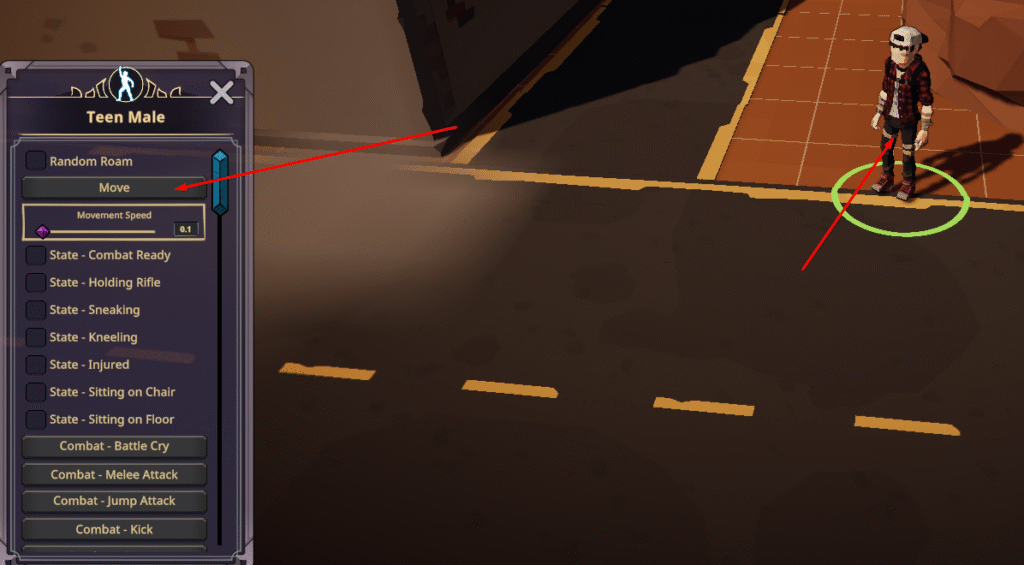
To find a distance. Either right click on the start location and select> Ruler >linear and move to the desired location . Otherwise click on the character and select move as seen on screen.
DT is how much a number needs to beat to damage you.
For example if you have a dex of 15. Then a roll needs to be higher than your dex before you even get hurt
Cover affects your DT . You have a base of 5. minor cover + Dex 5 where the line of site of your knee is covered.
If your hip is covered then you have standard cover and a +10
If your eyes are covered then you have full cover and a +15.
While attacking you can do a no more than a roll of 20. Rolling a 20 only will hit with a crit.
But if you have external stats such as points in DEX, say +10, which improve your accuracy
You can roll a 18 then +10 is still a miss. As you cant beat 20
But still useful if the enemy is below 20
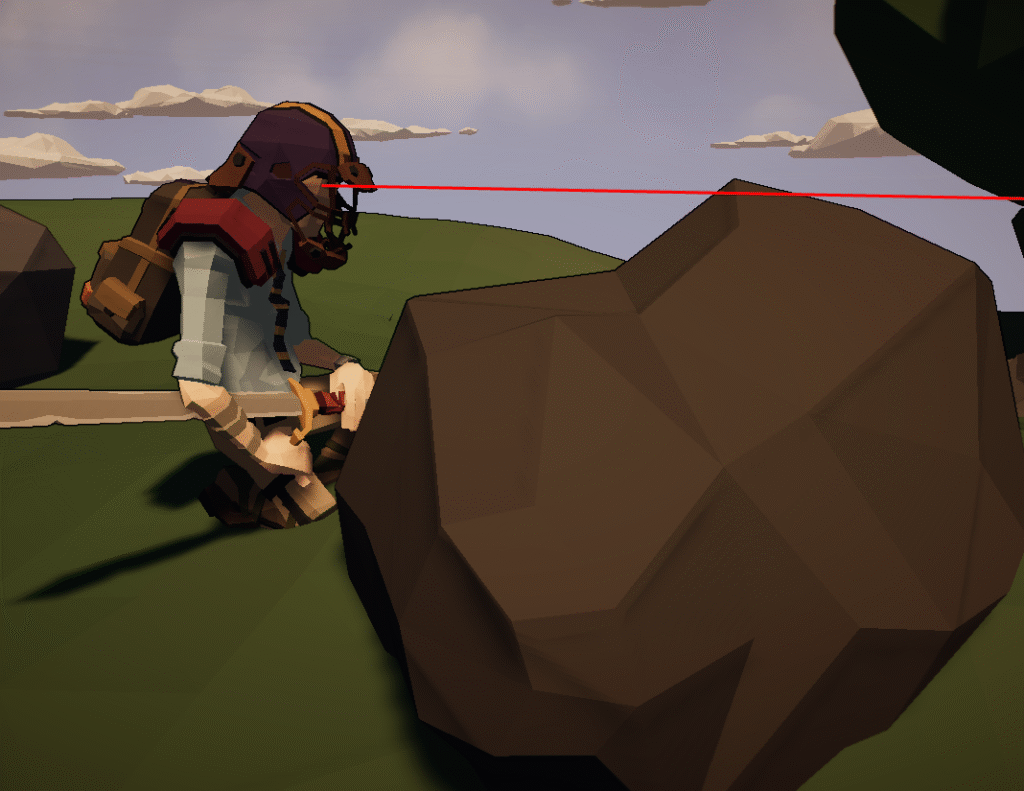
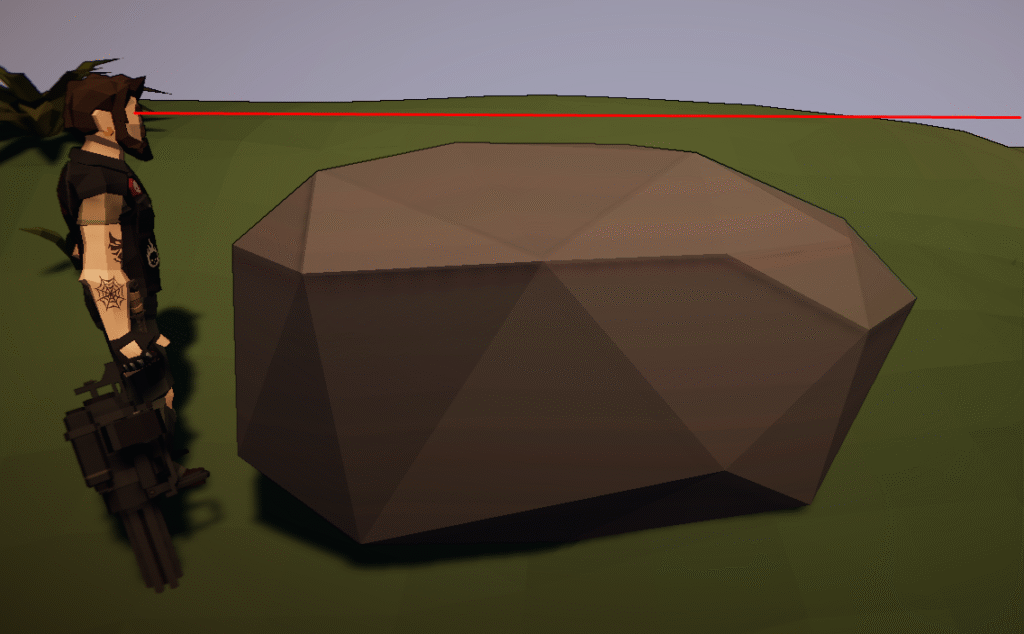
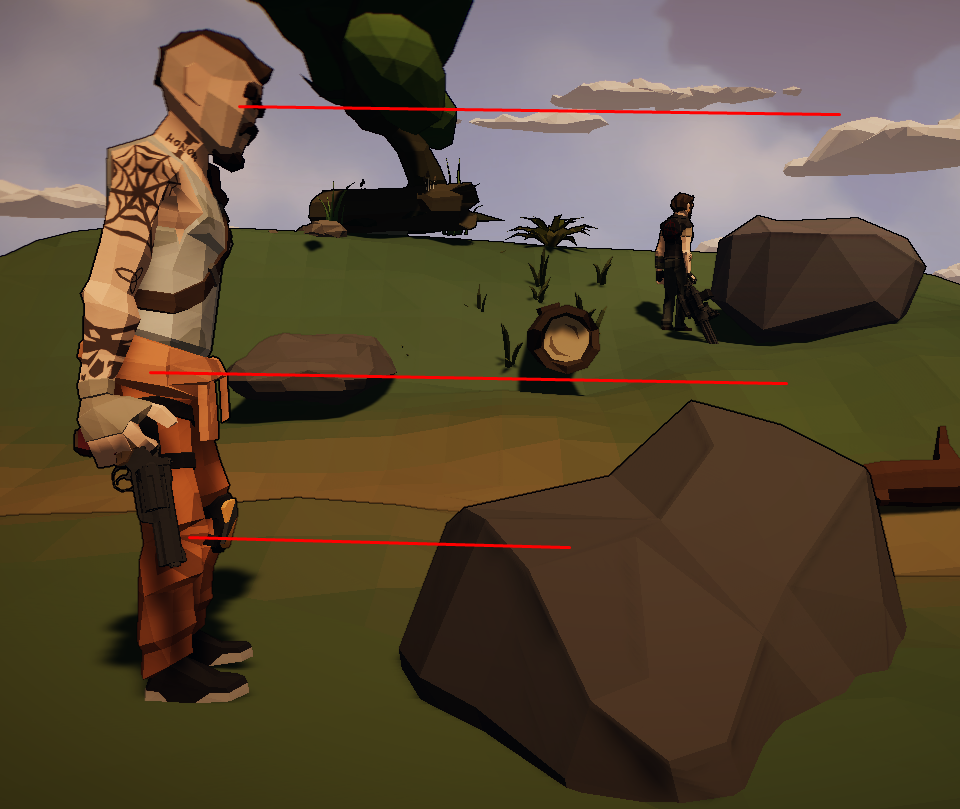
Your armor is a two edge sword
When taking damage, Lets say 20 damage, this is minus your armor. Your armor gives you 15.
So 20-15 = 5 damage
DT goes up if they’re behind cover, moving fast, or aware of you.
You roll one die per shot (like 3 bullets = 3 dice). Weapon description will tell how many to throw
If any hit, you deal damage.
Rolling 10 or more over DT = a headshot (double damage).
For example. A Person who is behind cover, aware of you will have about a DT of 20. Because most rolls without other tools or buffs have a max of 20 with your D20 (Dice with 20 sides) you must change angle or targets.
If someone standing in the open and unaware of you. will have a DT of 5. You roll a 16. 10+ more than needed. you did a headshot and did double damage.
Positioning is key
Instead of a traditional “Armor Class,” we use Defense Threshold (DT):
You must roll above an enemy’s DT to hit them.
DT goes up if they’re behind cover, moving fast, or aware of you.
You roll one die per shot (like 3 bullets = 3 dice). Weapon description will tell how many to throw
If any hit, you deal damage.
Rolling 10 or more over DT = a headshot (double damage).
For example. A Person who is behind cover, aware of you will have about a DT of 20. Because most rolls without other tools or buffs have a max of 20 with your D20 (Dice with 20 sides) you must change angle or targets.
If someone standing in the open and unaware of you. will have a DT of 5. You roll a 16. 10+ more than needed. you did a headshot and did double damage.
Positioning is key
Critical Hit: Beat DT +10 = headshot = double damage.
Suppression: Miss all your shots? Your target is suppressed = half their DT in their panic until their next turn. Resets on hit
Damaging Cover: Most cover is destructible. Say if you missed all your shots that could of done 15 points of damage. half that damage rounded down so 7 points. Is taken off the cover’s health. Otherwise you can aim for the cover for full damage of 15 points. In the images below you see that the target with the hat is shaking and is suppressed – 10 DT and you can see cover being damaged
.
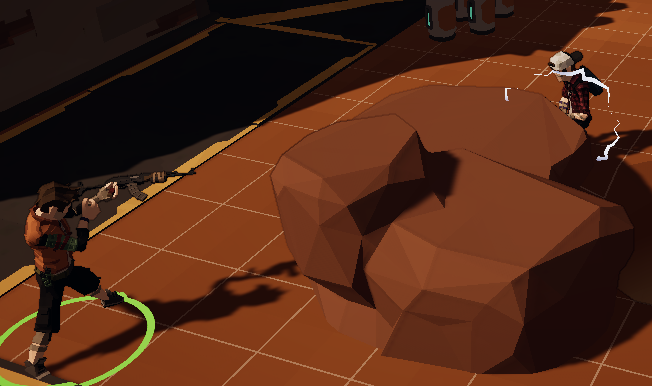
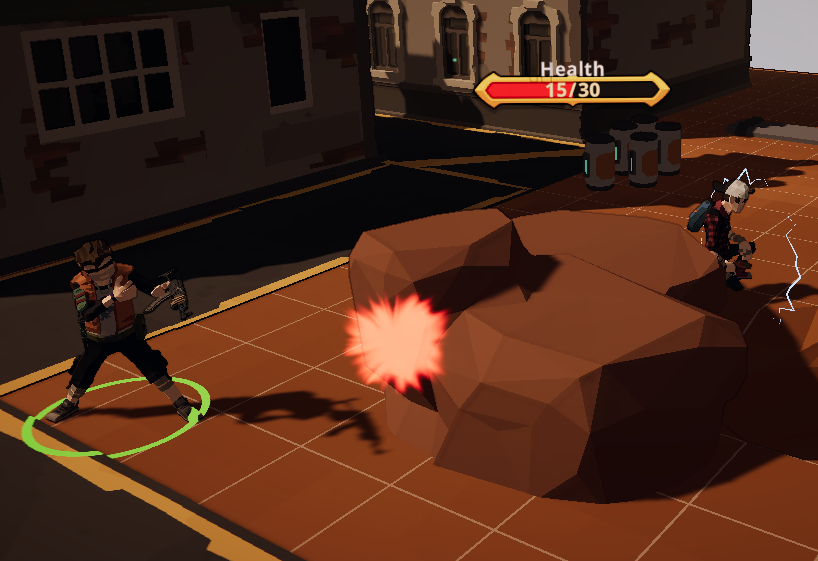
Each character has 3 active abilities per skill tree.
Cooldowns are in turns. So by the time its your turn again, -1 to the cool down.
Some Abilities have a 1 time use then you need to do a long rest to get it back. Which is going to bed or 8+ hours ingame But Some Rare skills become usable every turn with upgrades.
There’s no “auto safe” zone.
Grenades, AoE attacks, and bad line-of-sight can hurt teammates.
Communicate before using wide-range attacks or placing hazards.
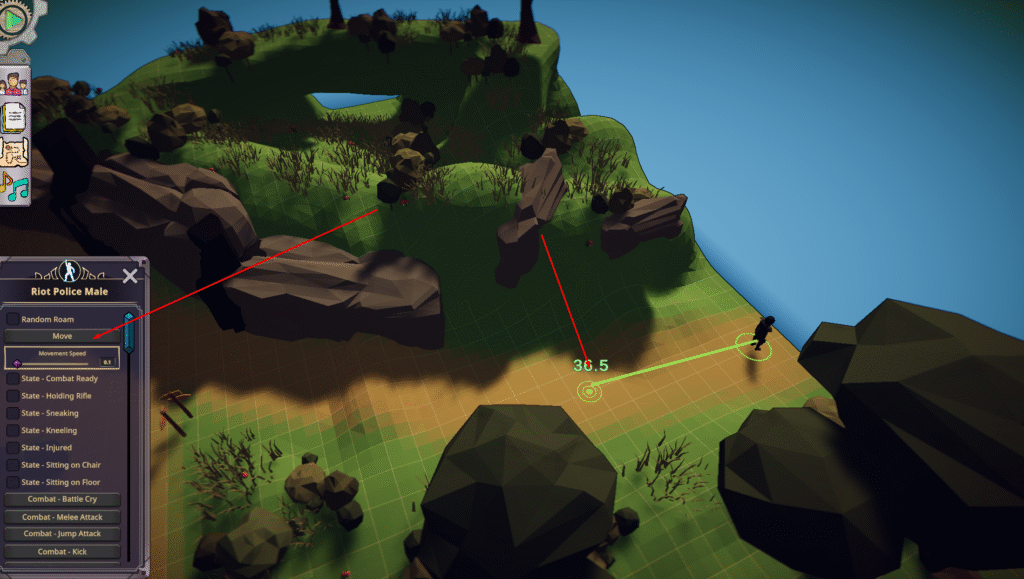
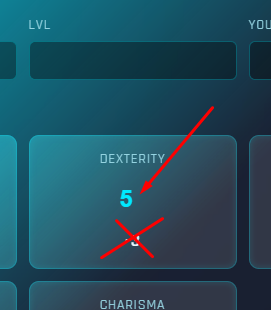
Movement can be found in the control section, simply push move, and click where you would want to move
Healing items or support abilities restore HP.
If your HP hits 0, you’re downed, not dead. And start what’s called a Death Save. Roll a D20 If 1-10 you gain you death point 3 of these and your dead, no revives or lives. New character needed.
If you get a 11-20 then you get a live point 3 of these and your alive but at 1hp.
1 is worth 2 death points and 20 is worth 2 alive points
Teammates can revive Stabilize on your turn. Meaning you can only roll Live points while you roll but must use their turn to stabilize you at melee range.
Here are some conditions you might cause or suffer:
Staggered: Delays next turn or cancels action.
Panicked: Movement is random, no abilities.
Burning: Take damage each turn unless extinguished.
Suppressed: Lower DT, easier to hit.
Stunned: Lose next turn.
You can enter overwatch mode. This halves your DT but when someone moves out of cover or into your line of site. You will take an auto fire to try and hit a moving target instead.
In the photo below Target moves out of cover. And a shot is taken at him.
But the one in overwatch takes any damage. It will cancel the overwatch
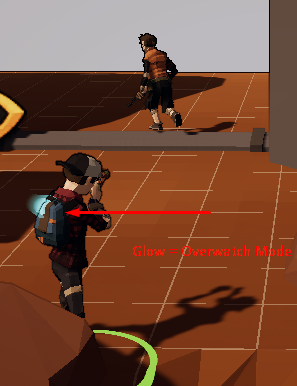
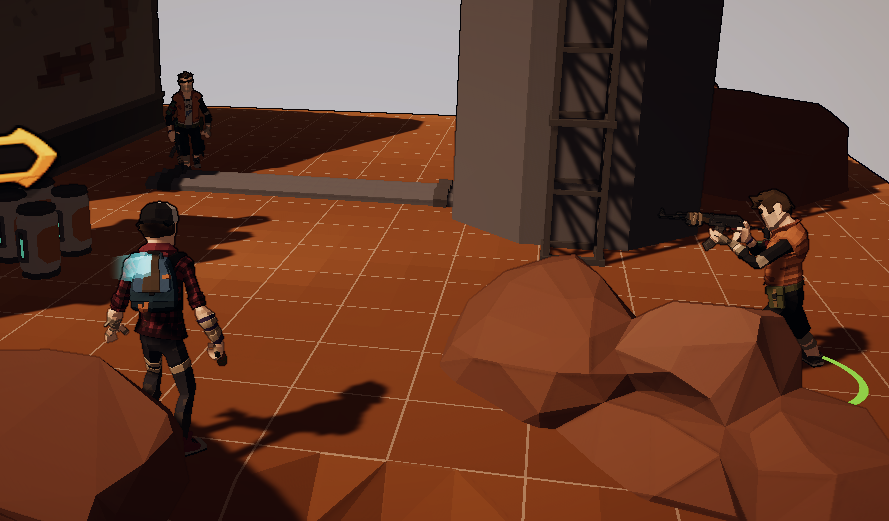
That’s fine!
Ask the DM: “Can I do this?” The roll of the DM is to tell a great story. If your new to the world of DND a good DM will make choices easy and obvious.
He will reward creative choices and make it difficult for unrealistic ones. eg (romancing a dragon)
Try supporting a teammate or taking cover. Being a supportive person is always wanted by others. Healing, assisting in tasks, ect. As you watch others you will find your playstyle.
Use basic attacks or check your skill tree for fun options. You can always say I shoot that guy. But you can have fun with your abilities and creative options see examples below.




That’s the basics. There’s more to cover. Such as how items and weapons to into effect into this.
But that is what the DM is for.
Just say what you like to do. And the DM can give you some suggestions on how to reach your goal.
Just simply image yourself there with the tools you have and how you would solve it.
That’s DND, its like real life but with a lot of notes. Pro tip Write EVERYTHING down.